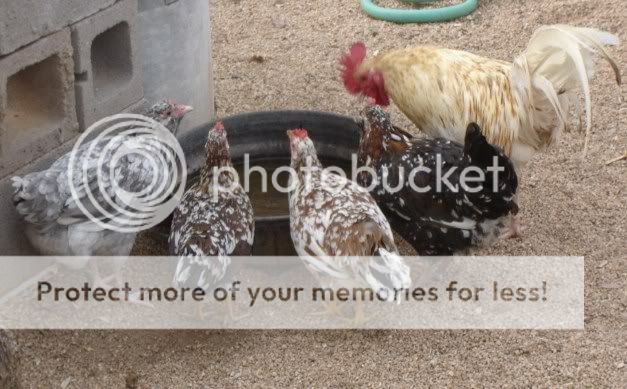Quote:
Great, those are so cute....I do not need a bunny. I do not need a bunny. I do not need a bunny. Oh dear.....I am not sure it is working!
Really, I don't. But one day, I might have to take a harder look at rabbits. They are so cute.
Nessa - It sounds like chickens have been a really great blessing in your life.
PS - Can you tell I am having trouble with doing the sleeping thing.
Great, those are so cute....I do not need a bunny. I do not need a bunny. I do not need a bunny. Oh dear.....I am not sure it is working!
Really, I don't. But one day, I might have to take a harder look at rabbits. They are so cute.
Nessa - It sounds like chickens have been a really great blessing in your life.
PS - Can you tell I am having trouble with doing the sleeping thing.
Last edited:




